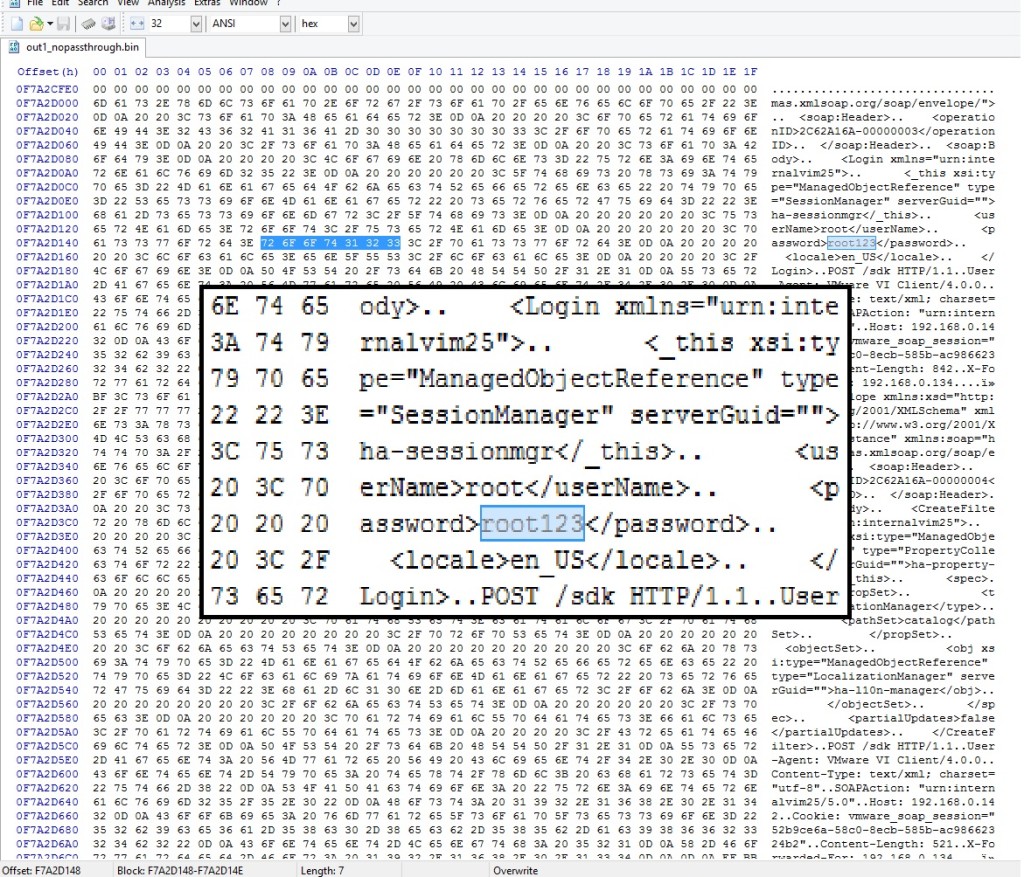IPMI
IPMI and New Challenges in Cloud Server Security
Integrated Platform Management Interface (IPMI) controllers ship on practically every x86 server, and any large IT monoculture provides an attractive target for bad guys. While offering increased manageability for cloud servers, the abundance of IPMI controllers in cloud environments poses new threats for cloud users, spanning from remote, over-the-web exploitation to local network attacks from cohabiting cloud tenants.
Being enabled and connected by default on many systems, IPMI controllers expose unaware users to various threats, orthogonal to the ones they currently protect against, which mostly relate to malware and web-based attacks.
Often overlooked by administrators, ensuring proper IPMI tenant isolation is a key step in protecting against IPMI-based attacks. We were able to demonstrate the usage of a low-footprint memory scraping tool to collect root passwords, keys and other valuable data from memory of remote servers, using an easy-to-accomplish attack sequence.
Background
IPMI has recently made news headlines following two notable and impressive pieces of security research work: the first by Dan Farmer in January, followed by HD Moore in July. A month ago, Rapid7 disclosed software vulnerabilities in Supermicro server firmware. The combination of these results makes the case for practical remote server exploitation, found affect approximately 35,000 servers and potentially many more.
IPMI 101
IPMI provides on-board hardware and software, allowing remote Command & Control communications to servers. IPMI is implemented in most x86 servers and apparently enabled by default in many of them. Technically, it is handled by an on-board Baseboard Management Controller (BMC). IPMI provides functionality that would otherwise require physical presence: display, keyboard and mouse, virtual media, and power management, even when the machine is shutdown. To grasp what can be done via IPMI, one simply has to imagine that the attacker is standing next to your machine with fingers on the console keyboard.
Several unique features of IMPI are noteworthy in the context of threat assessment:
- On many systems, IPMI communication is possible through a single Ethernet port. That means that if it’s enabled (through BIOS), IPMI is exposed to the network the server is functionally using. To be fair, the IPMI BMC would have to be assigned an IP address, but that will usually be taken care of automatically by DHCP, something that is present in most networks. HD Moore and Rapid7 were able to discover 35K exposed IPMI interfaces of solely Supermicro servers. Clearly, potential for widespread damage is huge.
- There is no open source implementation for IPMI BMC controllers – every vendor makes its own, closed-source implementation. That leaves room for many potential bugs, and very few (responsible) eyes searching for them.
- Similarly to BIOS updates, IPMI firmware updates are hard to manage, and are in the early stages of being recognized as a viable threat by the compliance and pentesting communities. While BIOS and network equipment firmware updates are covered by compliance standards (e.g. PCI DSS, etc.) and pen testing routines, BMC firmware updates are commonly overlooked. Interestingly enough, most of them are also Chinese.
Other bad security practices, such as unchanged default passwords and needing Java to communicate with IPMI controllers, as well as weak encryption schemes, are worrisome. PrivateCore identified many vendors utilizing TLS 1.0 with 128-bit RC4-based encryption, widely considered as broken, for connecting to the IPMI HTTPS server. The HTTP server also uses untrusted certificates, making the case for easy-to-fake Man in the Middle (MITM) attacks, exploiting poor administrators running unpatched JAVA clients.
IPMI Exploitation DIY
To demonstrate the relative ease in exploiting a vulnerable server via IPMI, we conducted the following attack exercise in our own network, simulating a typical cloud environment:
-
Scan for IPMI interfaces: Using nmap, we scanned our network for IPMI controllers, easily discoverable by their unique use of port 623.
-
Vendor identification: Several servers have been found. Identifying the vendor is easy, simply browse to that IP and look at the displayed server brand logo. Programmatically, than can be implemented by parsing HTTP packets from the IPMI controller.
-
Connecting to servers: The is a trickier part. Not all servers block entries for wrong credentials, leaving room for brute-force and dictionary attacks. Many servers maintain their default passwords, or use a single password for all servers, mostly due to administrator ignorance or laziness. And then there are vulnerabilities, which PrivateCore (and others) consider to be common.
-
Attaching virtual media: Attaching virtual media is supported by every IPMI controller, as it is one of its key features. An attacker would need to convert its malicious payload to a bootable CD ISO image, that can then be deployed to the remote server via the IPMI user interface.
-
Reset: We reset the server using the IPMI power management controls
-
Collecting memory: We used a small-footprint memory “scraping” tool to remotely collect memory. These two tools – tool_1, tool_2 will do the trick.
-
Collecting rewards: There is really no need to argue why a full memory dump is not something you want your attackers to have, but one that can be done remotely is a whole new game. Hidden gems in memory, such as root passwords and cryptographic keys, are valuable treasure, allowing easy control without having to restart the server again.

Two caveats:
-
Error Correcting Code (ECC) memory: Many modern servers use ECC memory, which is zeroed out by the BIOS during boot. Conveniently, some BIOSes allow to disable that function (1 out of 3 vendors in our mini-experiment, all VERY popular).
-
BIOS patching: BIOS updates are also generally possible, in case the BIOS doesn’t support ECC disable (although obviously this increases the complexity of this attack), or if the BIOS is password-locked.
Conclusion
When running on the cloud, one must trust the cloud provider to maintain good security practices, ensure high isolation between tenants and continuously update their software as well as security mechanisms. As cloud infrastructure scales, the potential attack surface grows, the risk of compromise increases, and control measures are not keeping pace. Large-scale architectures and complicated IT measures are a hidden treasure for attackers who can easily find their way in, commonly by user-made configuration mistakes, reinforced by exploiting server vulnerabilities.
One of the better ways to avoid these issues is changing the game for attackers. Rather than building more walls (or, using a more appropriate metaphor, keep fixing the holes in the existing walls), apply a solution that inherently protects the data by attesting the environment and keeping all data (memory, storage, network traffic) encrypted. At all times.

